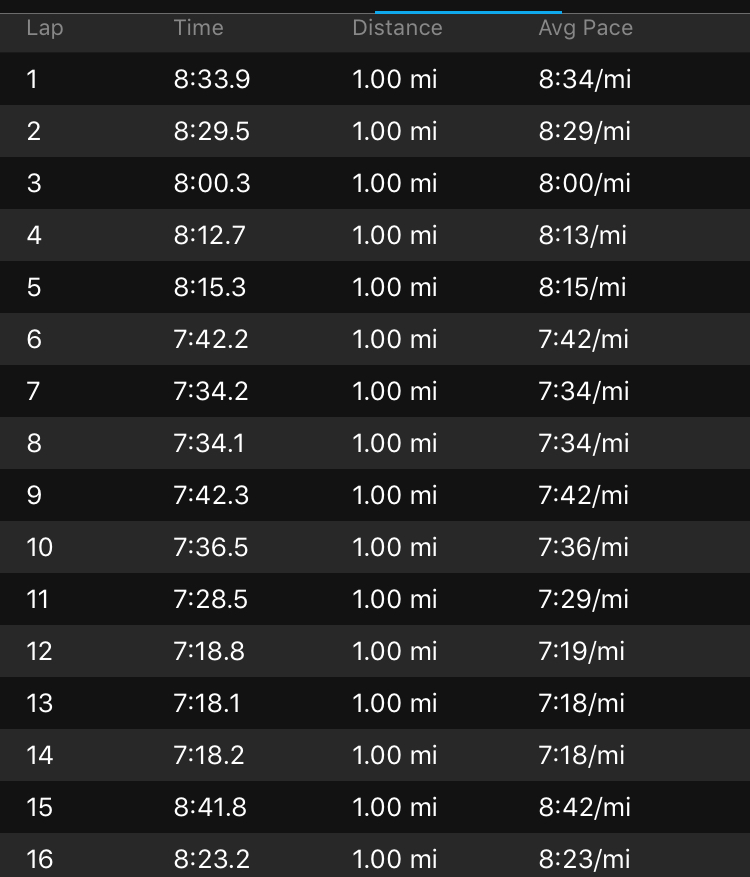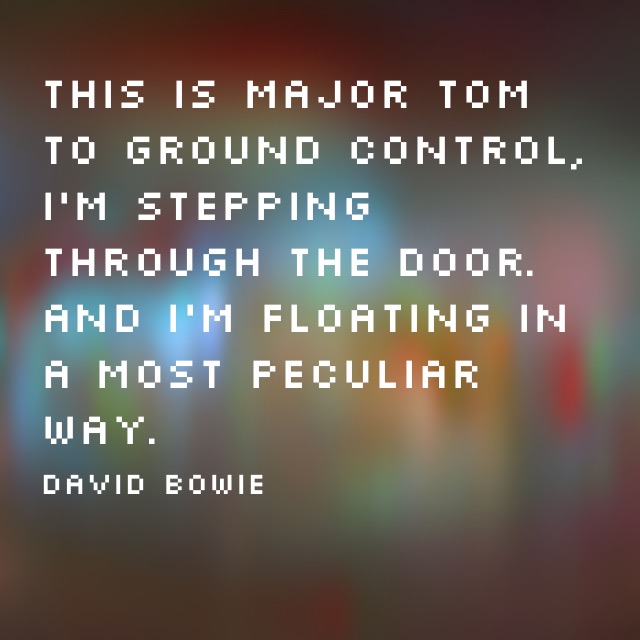“Running on the Earth is punishing. Running on the moon… not so much.” This was the quote that greeted me as I prepared for my first run on the Alter-G treadmill. I am not sure that I would call this alien landscape a pleasure. However, I am grateful to this technology and the PT at Sports Rehab U for forging a seamless transition back to land running.

Today I ran 16 miles, on land, for the first time since last February. A task made more impressive when coupled with the fact that I tore my plantar in early March and was on crutches and without any running outside of deep waters (or unassisted walking) for the first ten weeks of recovery.
By May, I was waterlogged and tired of the stench of chlorine. The weather was warmer, and I was itching to get back outside. However, I was hesitant to go from water to pavement without a buffer. After a bit of research, I placed a call to Sports Rehab U to set up a trial appointment for the Alter-G. Here I hoped to temper my return to gravity while getting some of those much-needed endorphins from workouts on this modified treadmill.
SPACE ODDITY (with a happy ending):
I arrived knowing only what I had read online and seen in their promo video. I met with the owner and Head PT, Matt Penney, who asked a few questions and did a brief physical assessment before heading over to the machine. He was patient and made me feel completely comfortable from minute one. He began by giving me three rules to follow before hitting “start”:
- Use the bathroom.
- Check to see that the treadmill is turned on.
- Make sure that your shoelaces are tied.
This is where things got interesting.

If you have never heard of or experienced an anti-gravity treadmill, picture this.
THE SPACE SUIT:
First, I stepped into a pair of shorts made out of a thick, elastic, fabric blend. Not just any shorts, these bad boys have leg sections that Velcro around your thighs. There is also a disc-like section with a one-sided zipper that surrounds you at the waistband.
Feeling like Judy Jetson, I approached what appeared to be a treadmill. It was equipped with metal handrails and surrounded by a plastic tent that enclosed the machine from rails to floor belt. I was eager to learn all about this contraption.
THE SHUTTLE:
To get into the tent, I used a lever to release the lock and lower the handrails to collapse the plastic walls to the floor. Then, I stepped over the collapsed walls and onto the treadmill belt. To set the tent to the appropriate measurements, I raised the handrails to hip height and locked these into place with the lever.
Next up, the zip up. To attach myself and form a sealed pocket, I zipped my shorts to the roof of the tent. Imagine a live Jack-in-the-Box standing in the popped position. Time to calibrate.
COUNTDOWN:
For the most part, the panel of the machine functions just like any other treadmill. While on the left there are buttons to control the percentage of body weight on impact, AKA gravity. Everybody is unique, and the machine accounts for your weight in this next phase. I hit the calibrating button and crossed my arms at my chest. I stood completely still while the tent filled with air. 4,3,2,1-
LIFT OFF:

As air pumped in below my waist, I felt my feet rise from the belt (which was not yet moving). At that point, as the thick elastic “space shorts” lifted me from the *ahem* crotch, I understood how all of this pulled together. I know; it is a graphic description. But that is genuinely how this “magic” happens. I rose and fell once more before the machine indicated: READY. Now calibrated, it was time to run on the moon.

For my first steps, I set the bodyweight to 50%. Then, I set the treadmill to a comfortable pace. Are you familiar with a baby bouncy chair? The baby sits in a bucket seat and uses their dangling feet and legs to propel themselves up and down; welcome to running on the Alter-G.
All descriptive joking aside, these are not complaints. I was elated to be running on my feet for the first time since March 9th. I left this first appointment with renewed hope in my mental and physical transition from pool running. Truthfully, it got more comfortable once I was able to increase the load to 80% or more. The closer I got to 100% body weight, the less pressure in my shorts, which made for a more comfortable ride.
By the end of May, I was running three days per week for up to 11 miles per session on the Alter-G and spending more and more time at 90-100% body weight. Thanks to Matt, this happened in a systematic and safe progression over a month. My paces slowly increased and returned to pre-injury norms.
Despite the hot air pocket that existed below my waist, mentally, I was cool and calm when it came time to vary and push the pace. With the Alter-G, I knew I could back off of the bodyweight at any time. Amazingly, my foot followed a perfect trajectory of growth and recovery until I was ready to leave the “space shorts” behind.
RETURN TO EARTH:
This is Dawn to Ground Control; it is time for reentry.

By the first week of June, I was excited to unzip for the last time and feel the breezy freedom of the outdoors. Most importantly, tapering gravity afforded me as much confidence as possible on that first land run.
Fast forward to August, and I am on my way back to the NYC Marathon. My routine has finally returned to pre-injury status, including all of the mileage and workouts that will prepare me for my next 26.2. All in all, the Alter-G was a valuable tool in my recovery. I feel lucky to have had this technology within driving distance.
If you are recovering from an injury that requires reduced impact and stops you from running, then I would recommend asking about the anti-gravity treadmill. In my experience, the physical and mental benefits far outweigh any discomfort or inconvenience. And it added a unique chapter to my running narrative.
Have you had an alien-like running experience? Share your thoughts in the comments!
Are you considering the Alter-G? If you live on the North Shore in Massachusetts, then check out Sports Rehab U.


Thank goodness for Facebook we get to find out what you are doing. We heard about the space shorts on NPR.